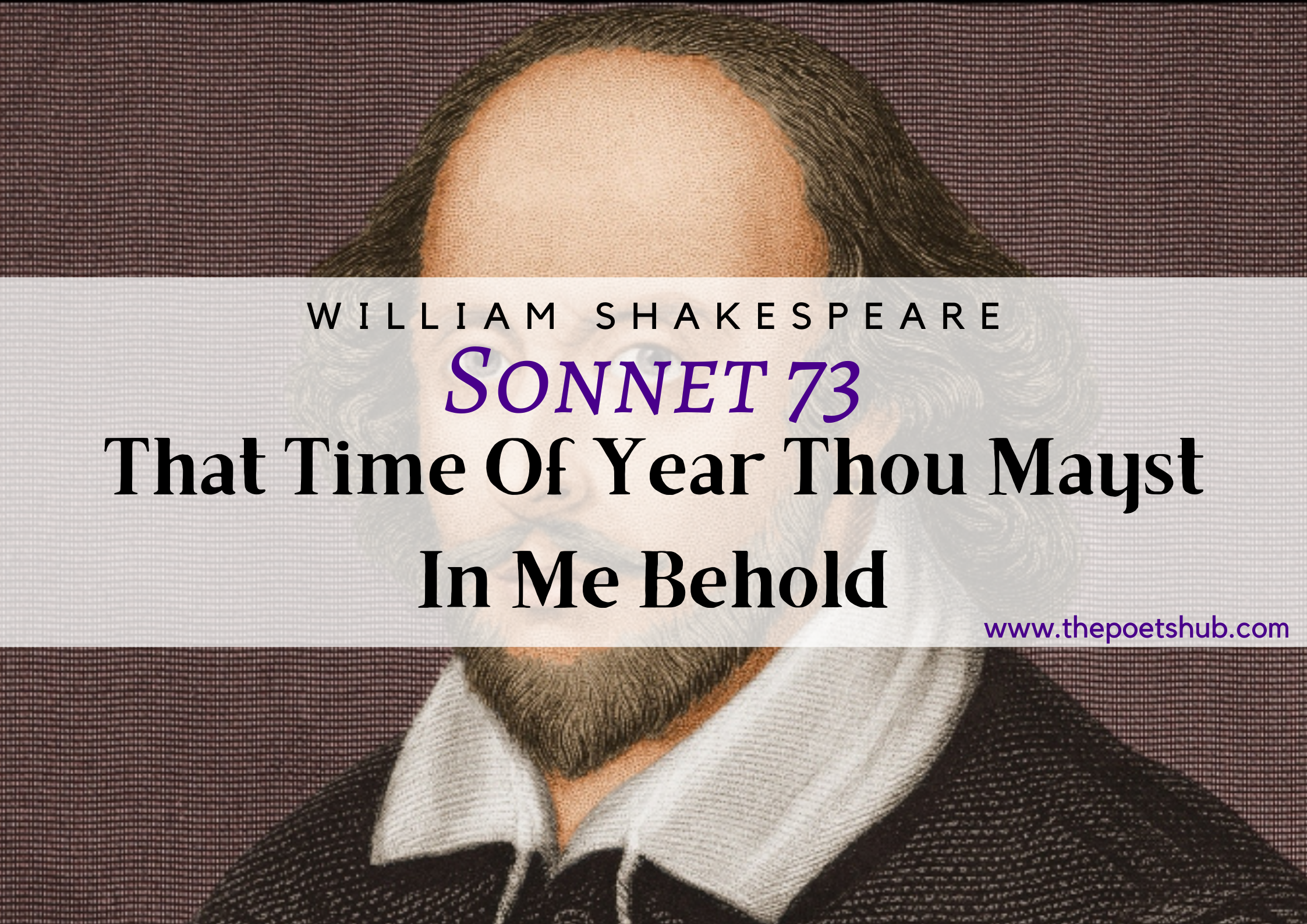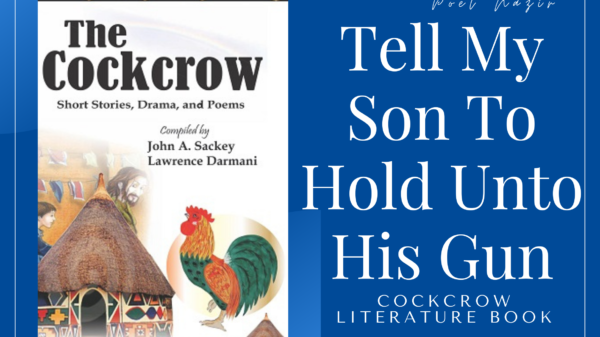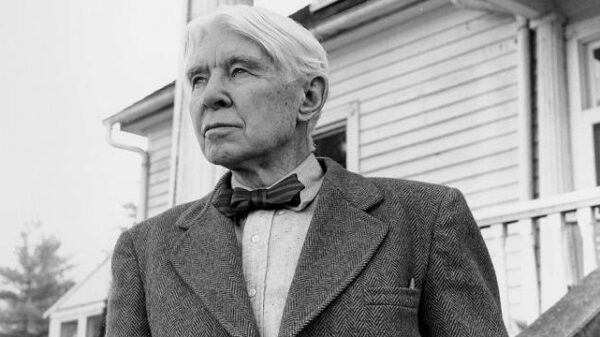Sonnet 73: That Time Of Year Thou Mayst In Me Behold
Written By William Shakespeare
That Time Of Year Thou Mayst In Me Behold is a Shakespearean Sonnet published in the year 1609. It centers on the theme of old age and how it affects the lives of humans. In this poem, Shakespeare used metaphors to showcase the nature of old age. In the initial quatrain, he figured it as a fading of like just like late autumn. Then in the second quatrain, he equates it to the fading of light pointing darkness ‘death’s second self‘ and in the last quatrain, he compares old age to burning out of the fire. Lastly, in the couplet, he introduces his likeness and gratitude for the subject in spite of its nature. He said “To love that well which thou must leave err long”.
Poem
That time of year thou mayst in me behold
When yellow leaves, or none, or few, do hang
Upon those boughs which shake against the cold,
Bare ruin’d choirs, where late the sweet birds sang.
In me thou see’st the twilight of such day
As after sunset fadeth in the west,
Which by and by black night doth take away,
Death’s second self, that seals up all in rest.
In me thou see’st the glowing of such fire
That on the ashes of his youth doth lie,
As the death-bed whereon it must expire,
Consum’d with that which it was nourish’d by.
This thou perceiv’st, which makes thy love more strong,
To love that well which thou must leave ere long.
Poet Nazir is a writer and an editor here on ThePoetsHub. Outside this space, he works as a poet, screenwriter, author, relationship adviser and a reader. He is also the founder & lead director of PNSP Studios, a film production firm.










